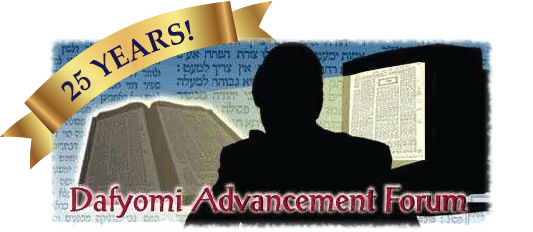Why does the Torah discuss the Chatas immediately after the Olah and Minchah, whereas in Vayikra, it discussed the Shelamim before the Chatas?
Ramban: Because whereas in Vayikra, it gave precedence to the Korb'mos Nedavah over the Korb'nos Chovah, whereas here it gives precedence to Kodshei Kodshim over Kodshim Kalim.
What is "Zos Toras ha'Chatas" coming to include?
Ramban: It comes to incorporate all Chata'os - even Chata'os ha'Penimiyos 1 (which are not eaten) in the law of Kibus Begadim (See Pasuk 20).
What is the word "Zos Toras ha'Chatas" coming to preclude?
Ramban (citing Zevachim, 92a): It precludes Chatas ha'Of from Kibus Begadim. 1
The Gemara in Zevachim (Ibid.) learns it from "be'Makom asher Tishachet", and a bird is subject to Melikah and not to Shechitah. See Torah Temimah, note 97.
Why does the Torah change the order of Korbanos (Olah, Minchah, Chatas, Asham, Shelamim) from the order in Parshas Vayikra (Olah Shelamim, Minchah, Chatas, Asham)?
Ramban and Moshav Zekenim: Because, whereas in Vayikra, the Torah began with the Nedavah and went on to the Korbanos Chovah, here it begins with Kodshei Kodshim and goes on to Kodshim Kalim. 1
Ramban: This in turn, is because, to some extent, Kodshei Kodshim all share the same Dinim (See Pasuk 10). The Moshav Zekenim asks why was Minchah is taught between Olah and Chatas?
Why did the Torah fix the same location for the Shechitah of a Chatas as that of an Olah?
Rashi (in Sidur Rashi) and Moshav Zekenim (citing Yerushalmi Yevamos 8:3): Because of Kavod ha'Beriyos - If the Korban Chatas had its own specific location, everyone would know that whoever appears there with his Korban, sinned. 1 But now that it shares a location with the Olah (which generally comes purely as a Nedavah), they will not know whether he is bringing a Chatas or an Olah. 2
Ramban: To incorporate all Chata'os in the Din of Tzafon, even Chata'os ha'Tzibur and Chata'os ha'Penimiyos. 3
Kli Yakar: According to the opinion that Olah atones for sinful thoughts, both are in the north, because "mi'Tzafon Tipasach ha'Ra'ah" (Yirmiyah 1:14). According to the opinion that Olah is a Nedavah, after one repents and brings a Chatas, it is acceptable like an Olah, which is the choicest Korban.
Moshav Zekenim: Rav Hai Gaon explained that in the Mikdash, when people bow, there is space between them (Avos 5:5), in order that one person will not hear another person confess.
Kli Yakar: The question arises however that, since one can see that, as opposed to an Olah, it is not completely burnt and that it is a female,!.
Seeing as in Parshas Vayikra, it only mentioned Tzafon in connection with the Chatas Nasi and the ChatasYachid (Ramban).
Why does the Torah add the (otherwise superfluous) phrase "Kodesh Kodashim Hi"?
Ramban: To incorporate the Zivchei Shalmei Tzibur 1 (on Shavu'os) in the Din of Tzafon.
The only Korban Shelamim to be brought by the Tzibur and the only Korban Shelamim to fall under the category of Kodshei Kodashim.
What is "Hi" coming to preclude?




